Heavy cream is a thick, delicious dairy product that seems to make everything taste better.
Despite this, heavy cream has traditionally had a bad reputation due to its high fat content.
However, is this something to worry about? And is heavy cream a healthy choice?
This article examines heavy cream’s complete nutritional profile and potential health effects.
Table of contents
What Is Heavy Cream?
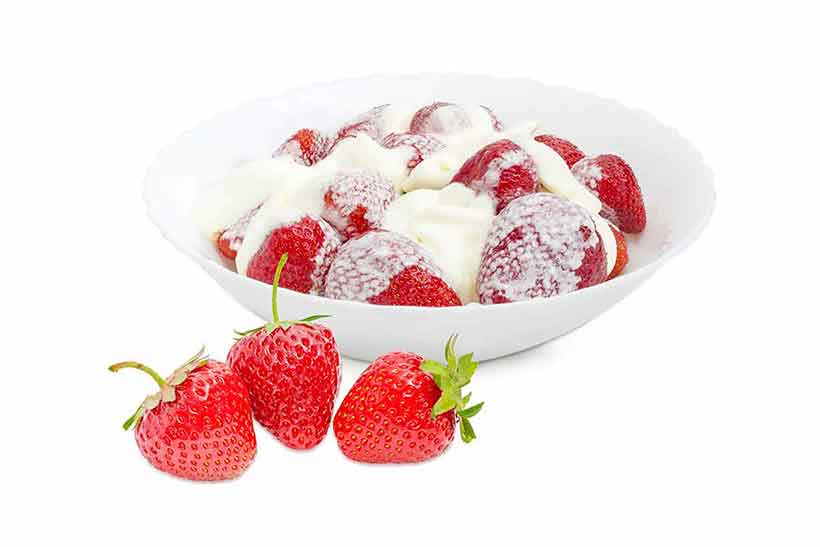
Firstly, heavy cream is a minimally processed dairy product that comes from milk.
The production process of cream is very simple and involves skimming the high-butterfat top layer from regular milk. Fresh milk that is yet to undergo homogenization naturally has this denser, creamier top layer.
Secondly, it is important to be aware of some key differences between the available creams we can buy. The names of each variety may differ by country too.
To try and make this simpler to understand, the table below clearly shows the available types of cream in the United States and the United Kingdom alongside their regulated butterfat content (1, 2, 3);
| Type of Cream | Butterfat Content (%) |
|---|---|
| Clotted cream (UK) | 55% |
| Double cream (UK) | 48% |
| Heavy cream (US) | 36-40% |
| Whipping cream (UK) | 35% |
| Whipping cream (US) | 32-36% |
| Light cream (UK/US) | 18-30% |
| Half and half (US) | 10.5-18% |
As the table shows, heavy cream has a butterfat content of at least 36% but may range up to 40%. This minimum butterfat content that manufacturers strive for is to be certain that the cream will whip (4).
Heavy cream is the product’s name in the United States, and it is the rough equivalent of ‘whipping cream’ in the United Kingdom.
What is the Difference Between Heavy Cream and (US) Whipping Cream?
In the United States, heavy cream and whipping cream are very similar, but there are some slight differences;
- Heavy cream typically contains at least 36% butterfat, but the minimum for whipping cream is only 30% (4).
- Due to the difference in fat content, heavy cream has a firmer and denser texture after whipping.
- In contrast, whipping cream makes a slightly lighter, fluffier, and softer cream when whipped.
These are the only real differences, and both of these cream products can be good options depending on the required characteristics.
What Nutrients Does Heavy Cream Provide?
The following table shows the full nutritional values for heavy cream per 15-gram tablespoon serving. The data source is the USDA’s FoodData Central database (5). Daily values (% DV) have been calculated using USDA data and the FDA’s published daily values (6).
Nutrition Facts
| Name | Amount | % Daily Value |
|---|---|---|
| Calories | 51 kcal | |
| Carbohydrates | 0.43 g | 0.2% DV |
| Fiber | 0 g | 0% DV |
| Sugars | 0.43 g | |
| Fat | 5.42 g | 6.9% DV |
| Saturated | 3.45 g | 17.3% DV |
| Monounsaturated | 1.36 g | |
| Polyunsaturated | 0.24 g | |
| Omega-3 | 0.02 g | |
| Omega-6 | 0.19 g | |
| Protein | 0.43 g | 0.9% DV |
As shown above, heavy cream provides a large amount of (primarily saturated) fat. It contains only small amounts of carbohydrates and protein.
Vitamins
| Vitamin | Amount | % Daily Value |
|---|---|---|
| Choline | 2.52 mg | 0.5% DV |
| Folate, DFE | 0.6 mcg | 0.2% DV |
| Vitamin A, RAE | 61.6 mcg | 6.8% DV |
| Vitamin B1 (thiamin) | 0.003 mg | 0.3% DV |
| Vitamin B2 (riboflavin) | 0.028 mg | 2.2% DV |
| Vitamin B3 (niacin) | 0.01 mg | 0.1% DV |
| Vitamin B5 (pantothenic acid) | 0.074 mg | 1.5% DV |
| Vitamin B6 (pyridoxine) | 0.005 mg | 0.3% DV |
| Vitamin B12 (cobalamin) | 0.024 mcg | 1.0% DV |
| Vitamin C | 0.09 mg | 0.1% DV |
| Vitamin D | 0.24 mcg | 1.2% DV |
| Vitamin E | 0.138 mg | 0.9% DV |
| Vitamin K | 0.48 mcg | 0.4% DV |
Minerals
| Mineral | Amount | % Daily Value |
|---|---|---|
| Calcium | 9.9 mg | 0.8% DV |
| Copper | 0.002 mg | 0.2% DV |
| Iron | 0.015 mg | 0.1% DV |
| Magnesium | 1.05 mg | 0.3% DV |
| Manganese | 0.001 mg | <0.1% DV |
| Phosphorus | 8.7 mg | 0.7% DV |
| Potassium | 14.2 mg | 0.3% DV |
| Selenium | 0.45 mcg | 0.8% DV |
| Sodium | 4.05 mg | 0.2% DV |
| Zinc | 0.036 mg | 0.3% DV |
Does Heavy Cream Have Any Health Benefits?
1. Heavy Cream Contains a Source of Fat
Over the past few decades, many people came to fear dietary fat due to the low-fat guidelines and health promotion of low-fat dairy.
However, this guidance to limit dietary fat has been somewhat relaxed in recent years.
For example, the Food and Drug Administration’s (FDA) published ‘daily values’ (based on a 2000-calorie diet) recently changed for fat. Before the change, the recommended daily value was 65 grams per day. However, this daily value has increased to 78 grams daily (6).
While it is important not to consume dietary fat in excessive amounts, fat is important for many processes in the human body.
At its simplest, fat provides a source of energy, which we all need.
Secondly, dietary fat intake helps increase our body’s absorption of fat-soluble vitamins, such as A, D, E, and K. We absorb these essential vitamins in the intestines, providing sufficient fat is present (7, 8, 9).
In particular, plant sources of vitamin A (carotenoids) have lower bioavailability without adequate dietary fat (10, 11, 12).
That said, any dietary fat can help in this regard, and it is certainly not necessary for cream to be part of the diet.
Additionally, it would arguably be better to use healthier sources of dietary fat, such as oily fish, avocados, and olive oil.
2. Heavy Cream Provides Some Calcium and Vitamin A
Despite having a relatively low concentration of vitamins and minerals, heavy cream contains moderate vitamin A and some calcium.
Per tablespoon, the amounts that it provides are 6.8% of the daily value of vitamin A and 0.8% of the daily value of calcium per tablespoon (5, 6).
Vitamin A is an important fat-soluble vitamin that is vital in maintaining healthy eyesight and central to the immune system (13).
Calcium is a mineral that is important in skeletal health and maintaining bone mass density (14, 15).
However, there are much better dietary sources of calcium than cream. Even among dairy foods, milk and cheese provide significantly higher amounts.
3. Heavy Cream is Lower in Lactose Than Milk
Heavy cream contains significantly lower amounts of lactose than milk.
For example, data from the University of Virginia shows that two tablespoons of whipping cream contain less than 0.5 grams of lactose. In comparison, a cup of milk has 12-13 grams (16).
Lactose is a type of sugar in dairy foods that some people have an intolerance to. This intolerance is often caused by people lacking lactase, an enzyme that breaks down lactose (17).
Surprisingly, over 65% of the world’s population has difficulty digesting lactose after their infant years. Moreover, lactose intolerance rates can be as high as 90% in East Asia or as low as 5% in North Europe (18).
Those that do suffer from a mild sensitivity to lactose may be able to handle heavy cream better than milk.
For strongly lactose intolerant individuals who avoid all lactose, this may not matter.
However, heavy cream contains a minimal amount of lactose by weight, and people generally only consume small amounts of it. In this regard, the low lactose content could be a benefit of using cream over milk for those who have smaller degrees of lactose sensitivity.
Concerns About Heavy Cream
The main concern about heavy cream revolves around its saturated fat content, the energy-to-nutrient ratio, and possible over-consumption.
Heavy Cream is Extremely High in Calories and Fat
Firstly, to avoid confusion, there is nothing inherently wrong with food containing high amounts of calories or fat.
However, one issue with heavy cream (and other isolated fats like butter and coconut oil) is that they are energy-dense but not very good sources of nutrients.
A spoonful of heavy cream in your morning coffee? Or perhaps a bowl of berries topped with a bit of cream?
Both are delicious and not a problem if part of a healthy diet.
For instance, a typical 15-gram tablespoon of heavy cream provides 51 calories and 3.45 grams of saturated fat, which is 17% of the recommended daily value (5, 6).
However, cream is one of those foods that people often over-consume. On this hypothetical note, adding 100 grams of cream to a bowl of fruit would add 340 calories and 23 grams of saturated fat, which is 115% of the daily value (5, 6).
Over-consuming cream in this way will also typically mean several things;
- You are either replacing nutrient-rich whole foods with cream and thus getting fewer vitamins and minerals from your diet than you should be. Or you are using large amounts of cream in addition to regular meals, which will encourage weight gain.
- Cream has been shown to raise LDL cholesterol levels, which makes sense given its high saturated fat content. Thus, over-consuming cream would be expected to significantly impact LDL-C levels (19).
It is perfectly OK to have the occasional serving of heavy cream, but it lacks nutritional value compared to many other foods.
In other words, enjoy cream when you have it, but watch the portion sizes!
Alternate Options To Heavy Cream
Sometimes people may have sensitivities to dairy products, or they may not be able to source heavy cream at a time they need it.
In either of these cases, there are many great substitute options for heavy cream.
There is a guide to nine of them here:
9 Delicious Heavy Cream Substitutes
How To Make Heavy Cream At Home
Perhaps you need some heavy cream but don’t have any on hand?
Or maybe it is difficult or expensive to source in the local area?
Surprisingly, it is relatively easy to make a close cream ‘substitute’ at home.
Although it won’t be exactly the same, this is a substitute for heavy cream that has a similar taste and fat content.
All you need is a bit of time and two ingredients;
- Butter: 75 grams (
- Milk: 180 ml (
How To Prepare
- First of all, measure out the required amount of milk into a bowl.
- Next, melt the butter in a pan. Butter can burn quite quickly, so it is important to use a low temperature and keep stirring until it is fully liquefied. Finally, place the liquid butter in a bowl and allow to cool.
- Once the butter has cooled, add it to the milk and stir vigorously until thoroughly combined with a smooth consistency. If you prefer less effort, you can use an
You will now have some homemade heavy cream that you can use immediately or chill for later use.
Heavy Cream Recipes
Many people enjoy heavy cream but don’t know what to make with it.
For this reason, here are five delicious recipe ideas.
1. Mushroom Soup
Hot, thick, creamy mushroom soup tastes amazing – especially on a cold day.
On the positive side, it is straightforward to make too.
Ingredients (serves 4)
- 1/2 cup of heavy cream (120 ml)
- 3 cups of chicken (or vegetable) broth (480 ml)
- 1 pound of mushrooms – shiitake or cremini are good (454 g)
- 4 tablespoons of extra virgin olive oil (60 ml)
- 1.5 oz grated mature cheese – parmesan or romano (40 g)
- 1 large onion
- 4 cloves mashed garlic
- 2 tbsp of butter
- 1 tsp of salt
- Black pepper (to taste)
To make this recipe, start by lightly frying the mushrooms, onion and garlic cloves in butter.
Once the vegetables soften, add the heavy cream, chicken broth, salt, and pepper.
Bring to a boil, reduce the heat, and simmer on low heat for 1 hour.
2. Strawberries and Cream
Strawberries and heavy cream are one of the best food pairings you can make, and almost everybody loves them.
For a tasty bowl, the following ingredients work well;
- Strawberries: 100 grams (
- Heavy Cream: 30 ml (2 tablespoons
- (disclosure: affiliate link)
Measure out the strawberries into a bowl, and then add a few drops of vanilla extract to the cream and stir.
Next, pour the cream over the strawberries and enjoy.
3. Ricotta Cheese
For those who are feeling adventurous (and enjoy eating cheese), it is possible to make ricotta at home.
Since the cheese is fresh, it doesn’t require any fermentation and only needs a handful of ingredients (plus a strainer and cheesecloth);
- Whole Milk: 600 ml
- Heavy Cream:
- Lemon/Lime Juice: 2 tbsp (freshly squeezed)
- White Wine Vinegar: 1 tbsp
- Salt:
Ricotta cheese is far easier to make at home than one would expect; it is quite an easy process. Before you start, line a strainer with cheesecloth and place the strainer over a bowl.
First, add the whole milk, heavy cream, and salt to a pan to start making the ricotta.
Heat at a medium temperature until the mixture starts to foam and bubble (but don’t let it boil). Then, reduce the heat and add the lemon juice and white wine vinegar.
After this, simmer while continuously stirring. You will notice that the mixture starts to thicken, and it will eventually curdle. When this happens, you can see the whey (milky liquid) and the curd (thick lumps) separate from each other.
Take the pan off the heat, and pour the mixture into the cheesecloth-covered strainer.
Leave it to drain for around half an hour – or longer if you want thicker ricotta.
After draining, you will be left with the thick cheese solids, which you can use in any ricotta recipe. However, if you don’t want to use it all in one go, then it should keep in the refrigerator for a few days too.
4. Heavy Cream Coffee
A tablespoon of cream in coffee is a tasty way to use heavy cream and a nice occasional alternative to black coffee.
5. Spicy Cream of Tomato Soup
For a creamy and spicy tomato soup, try this recipe out.
Ingredients (Serves 4)
- 1/2 cup heavy cream (120 ml)
- 2 tbsp extra virgin olive oil
- 10 fresh basil leaves
- 4 finely chopped medium tomatoes
- 3 cups chicken (or vegetable) broth (720 ml)
- 4 cloves mashed garlic
- 1 tsp cayenne pepper powder
- 1 tsp salt
- Black pepper (to taste)
To make this soup, saute the onions in butter until they soften.
Next, add the chicken broth, garlic, cayenne pepper, salt, and black pepper and bring to a boil.
When the soup starts to boil, reduce the heat and pour the heavy cream into the pan.
Stir well until the soup has a fine creamy consistency, and then gently simmer for about 20 minutes.
Add the basil leaves to the soup and then continue simmering for about ten more minutes.
After 10 minutes, the soup should be ready to serve.
Final Thoughts
Heavy cream is a delicious high-fat dairy food. When used in the kitchen, it can enhance the flavor of different foods.
However, cream isn’t the most nutritious food in the world, and it contains high calories and saturated fat.
If you enjoy it, there is no need to worry about using it in reasonable amounts occasionally – whether that is with coffee, berries, or in a cooked dish.
However, it is probably not a good idea to over-consume cream with regularity.
For more dairy ideas, see this guide to clotted cream.

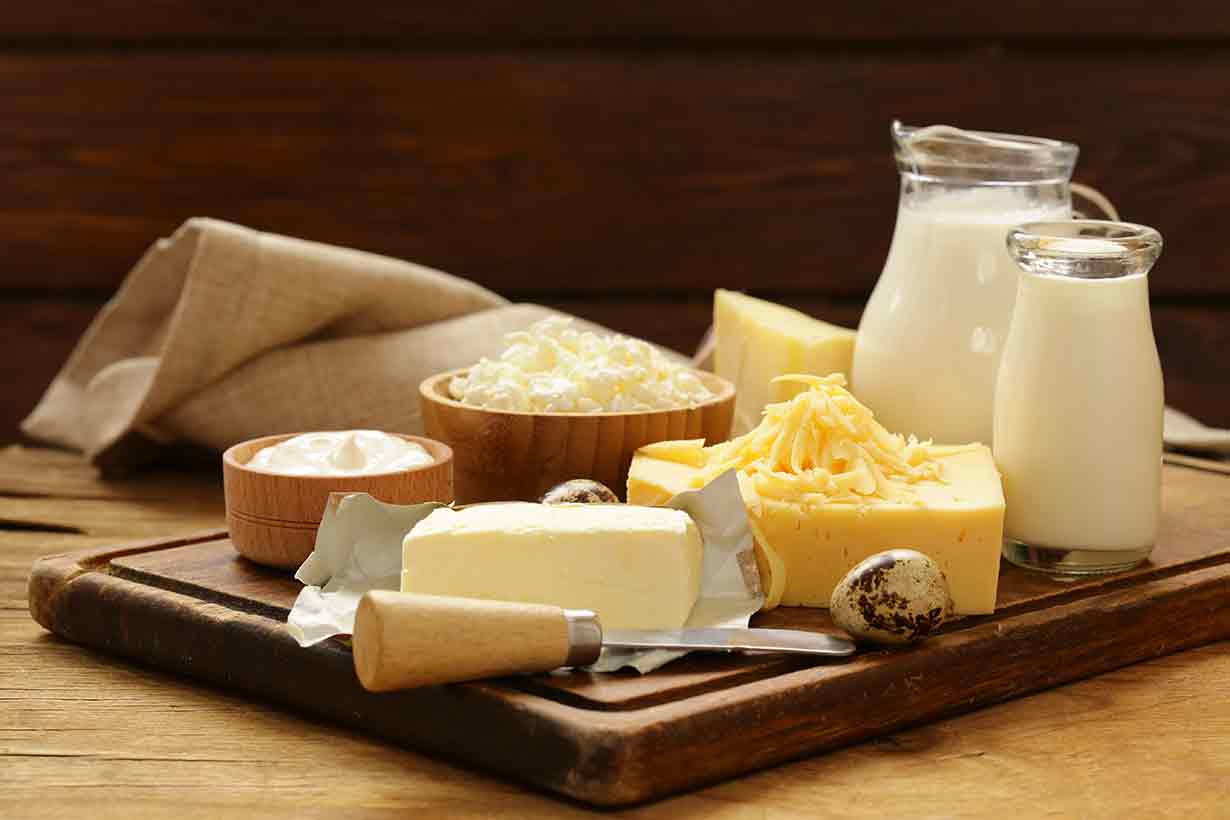
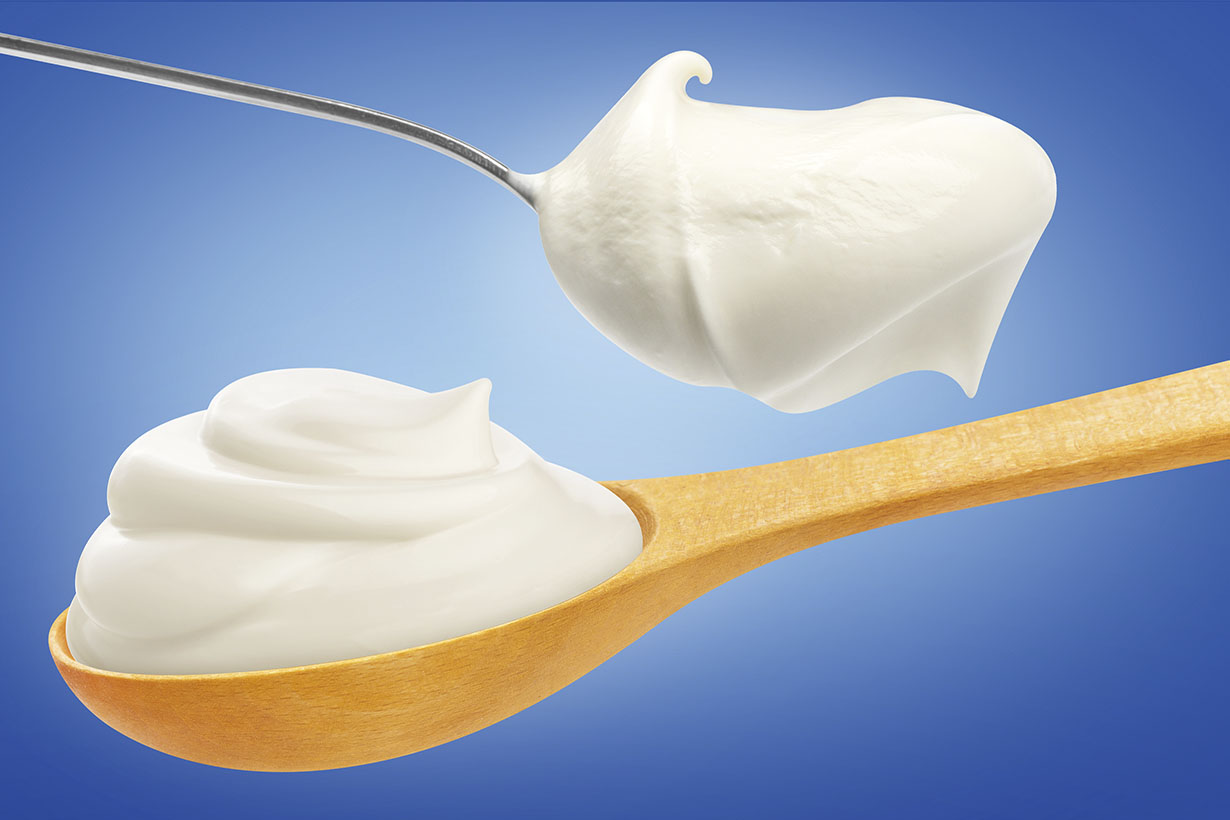
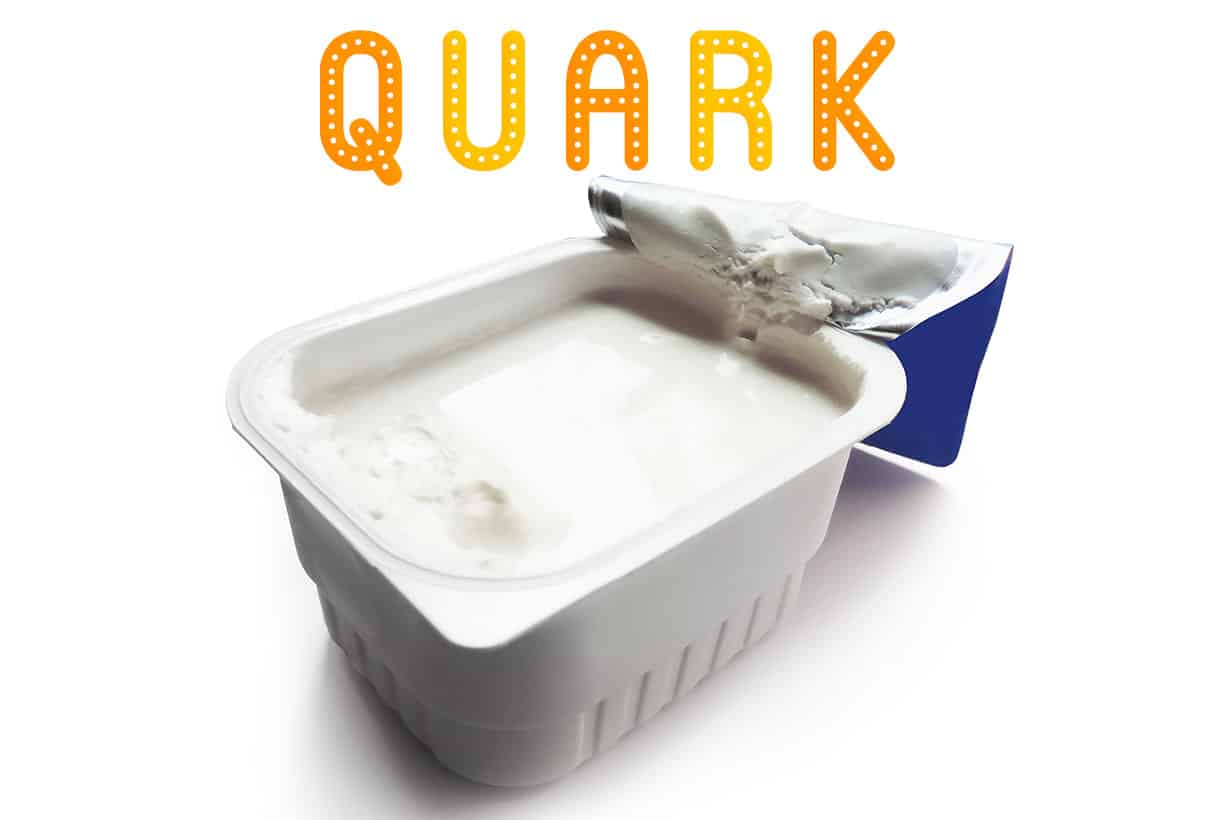
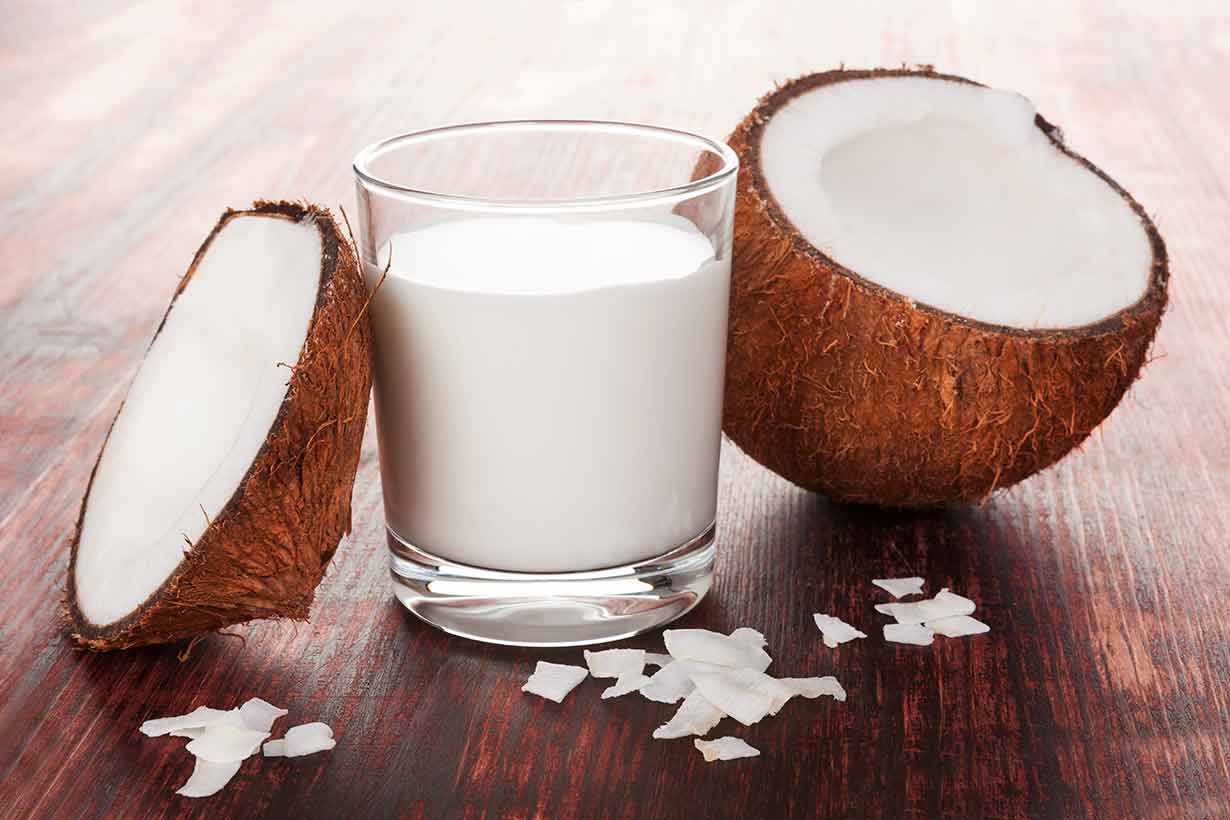
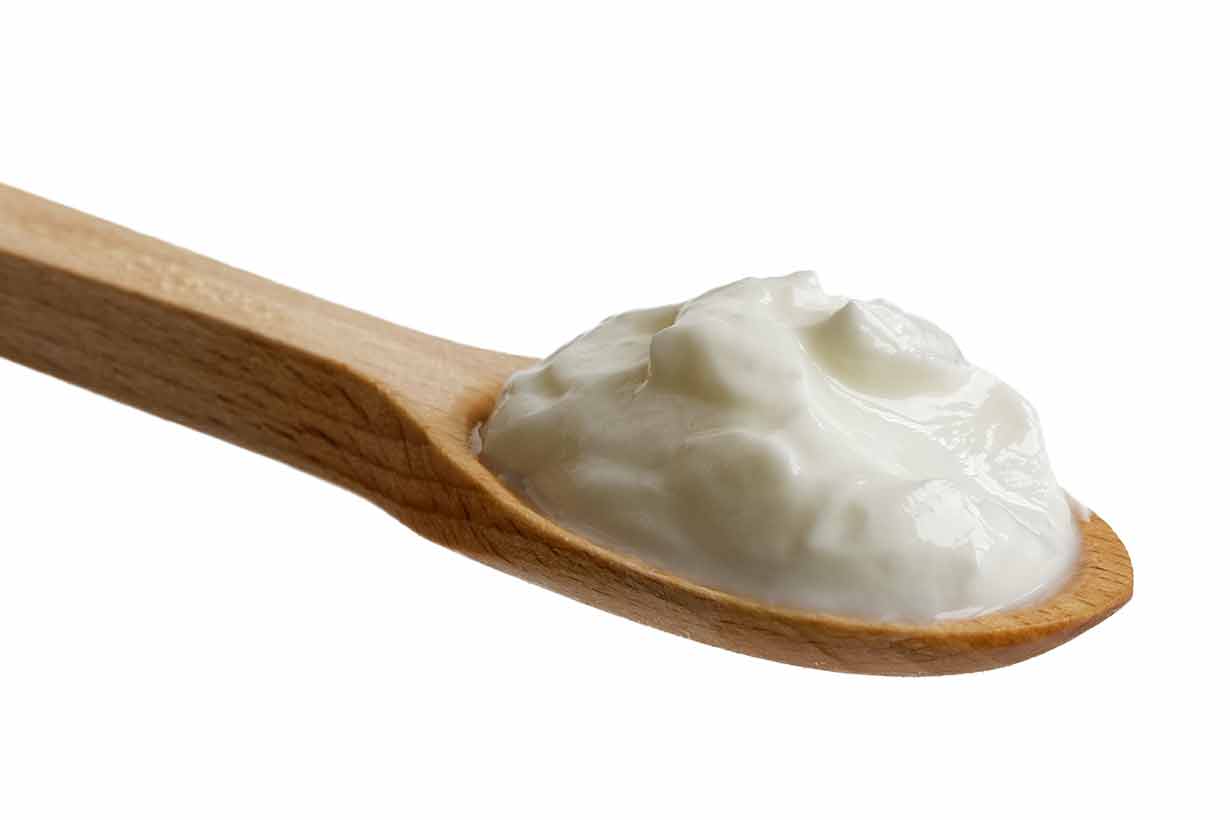
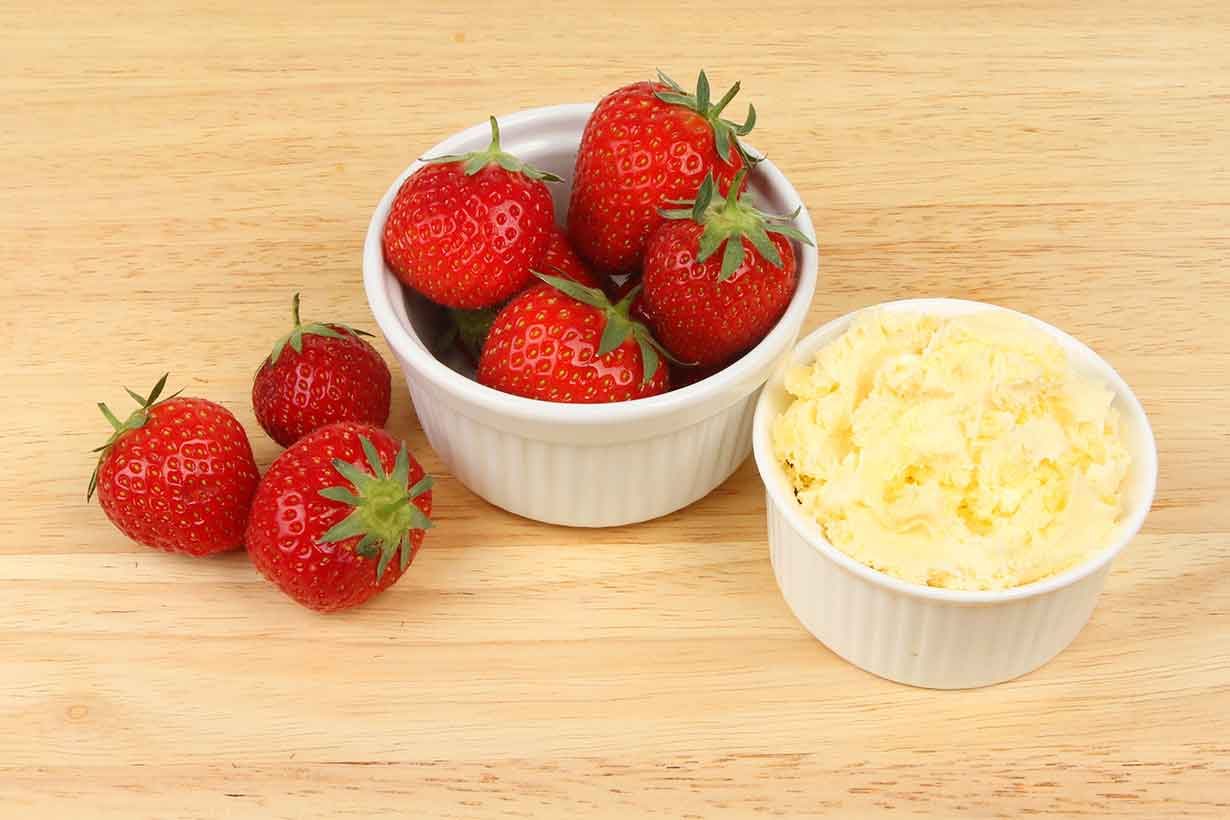
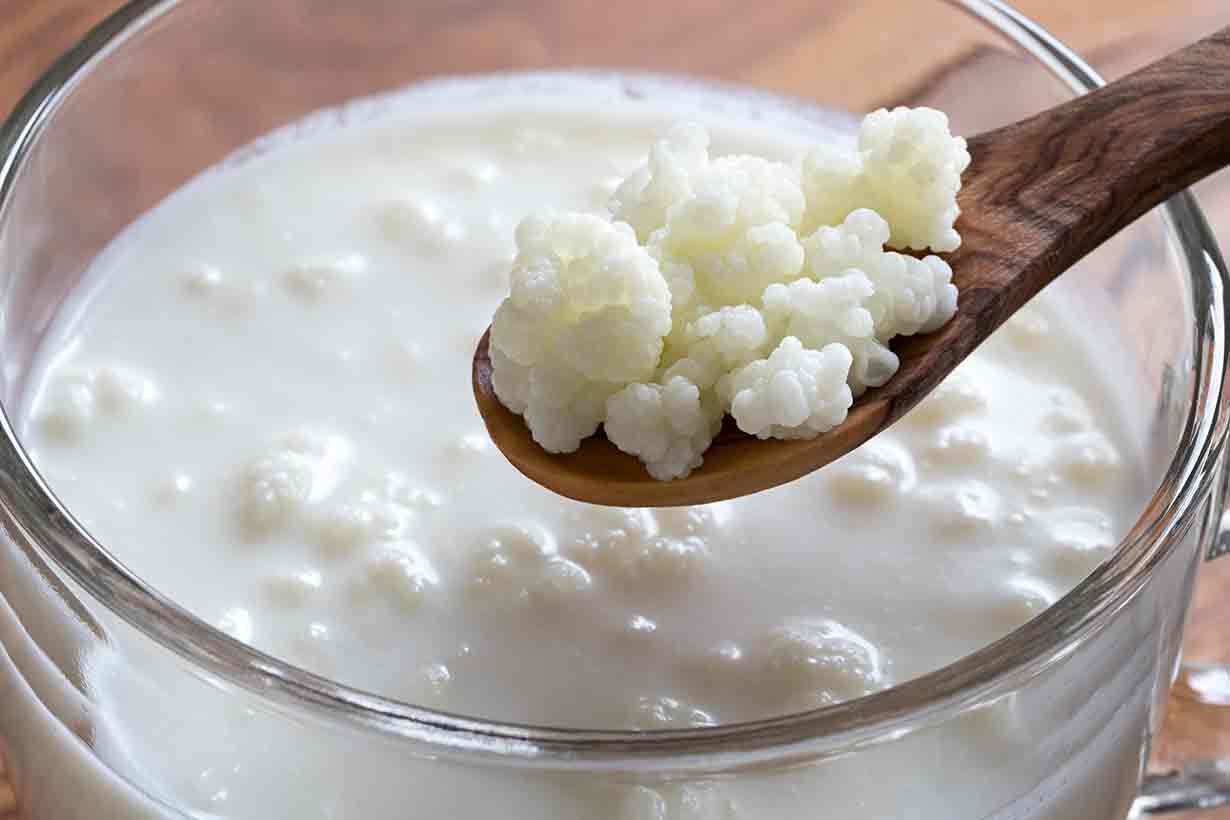
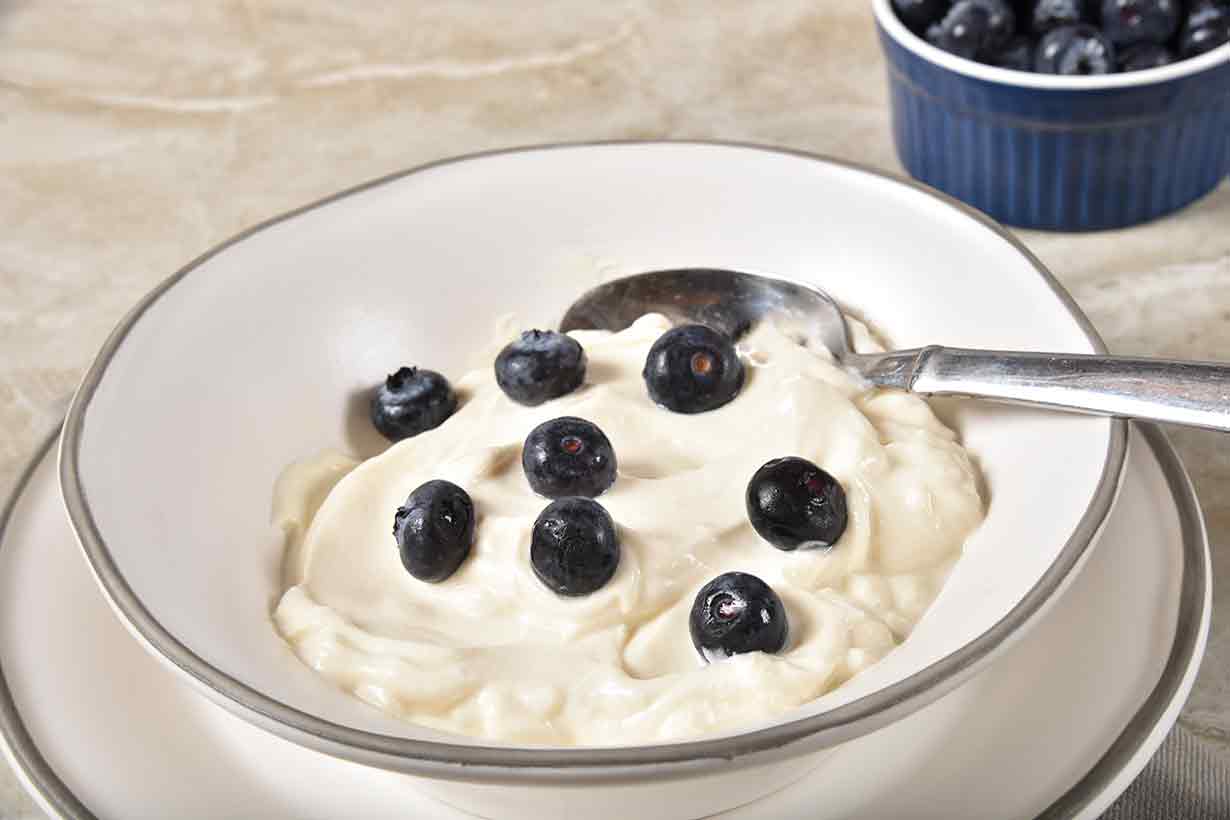
Excellent article. I love heavy cream coffee. Can’t wait to try the espresso!
Thanks, Matthew! Me too. The heavy cream & espresso is pretty tasty – enjoy!
On the Tomato Soup recipe, do you saute tomatoes with the onions or add them with the chicken broth?
Sorry for the lack of clarity there! It would be better to add them after sauteing the onions.
It’s so nice to read balanced nutrition articles instead of anti-everything